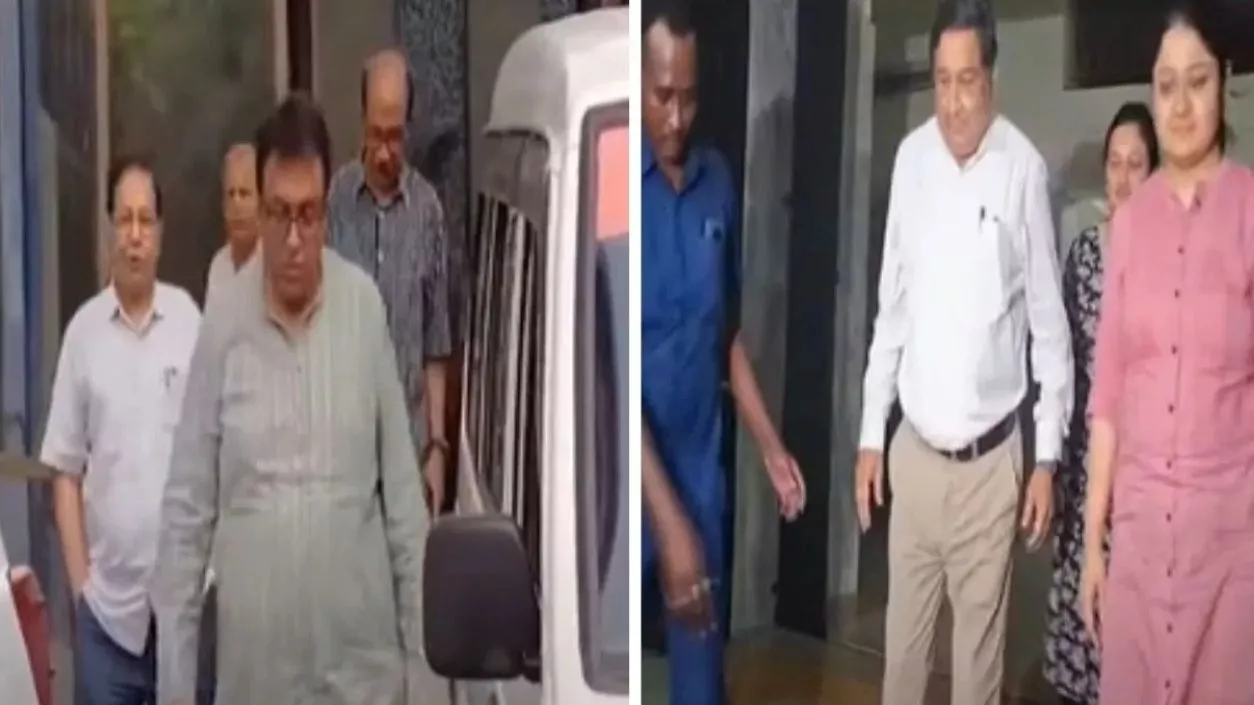.gif)
.gif)

A controversy has emerged within the West Bengal Medical Council (WBMC) following a letter written by Sudipta Roy, the council’s president, which saw the removal of key meeting dates. On November 18, Roy sent a letter to the Health Secretary requesting the removal of Shantanu Sen from his position as State Representative Member due to repeated absences from official WBMC meetings. The letter specifically cited meetings held on August 9 and 10, 2024, which coincide with the day of the Abhaya murder. However, in a follow-up letter dated November 19, the reference to these dates was mysteriously removed.
The original letter dated November 18 was addressed to the Health Secretary and outlined concerns about Sen’s absence from critical meetings, including the August 9-10 sessions. The letter stated that these meetings were significant for council business, and Sen’s repeated absence was detrimental to the council’s operations. The August 9-10 meetings were held as part of the WBMC’s regular schedule of discussions, and their timing coincided with the Abhaya murder case, which has been under investigation by both the Central Bureau of Investigation (CBI) and Enforcement Directorate (ED).
The follow-up letter, sent on November 19, mirrored the first in terms of the content requesting Sen’s removal. However, it omitted any mention of the August 9-10 meetings, which had been included in the previous communication. This omission has raised concerns about the accuracy and consistency of official communications, particularly given the significance of the dates involved in the ongoing Abhaya murder investigation. The CBI and ED are investigating several WBMC members in connection with the case, and the timing of the meetings has further heightened scrutiny.
Sudipta Roy’s November 18 letter also referred to the ongoing probe into the Abhaya murder case. It highlighted the fact that the murder occurred on August 9, 2024, and the subsequent investigation had brought several WBMC members under the radar of the investigating agencies. The fact that the meeting dates from that period were initially mentioned but later omitted has raised questions about the transparency of the council’s actions.
The meetings held on August 9 and 10 were not just routine discussions; they were essential for the functioning of the WBMC. Key issues concerning the medical profession, council regulations, and disciplinary matters were on the agenda. The Abhaya murder investigation has added an additional layer of complexity to these meetings, as some members of the WBMC have been named in the investigation. The removal of the meeting dates from the second letter has sparked calls for clarification from various quarters, with demands for a full explanation from the WBMC.
As the investigation into the Abhaya murder continues, the WBMC is under increasing scrutiny. The omission of the August 9-10 meeting dates has drawn attention to potential inconsistencies in the council’s internal communications. The public and medical associations are seeking answers about the rationale behind the changes in the official correspondence, with some speculating that the removal of the dates could be linked to ongoing investigations into the murder case.